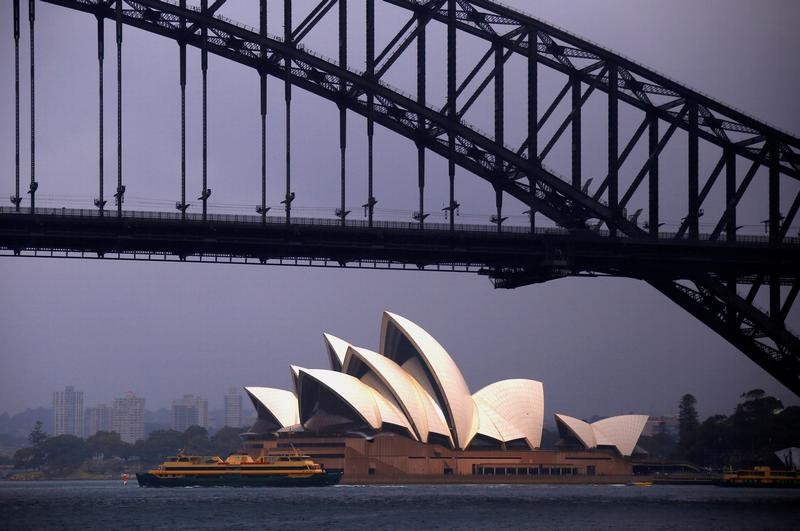By Ambar Warrick
Investing.com -- Australia’s trade surplus unexpectedly grew in November, data showed on Thursday, as weakening local demand saw imports log a sustained decline, while the country’s massive commodity exports remained largely steady.
The country’s trade balance grew to A$13.201 billion (A$1 = $0.6919) in November, beating expectations for a reading of A$10.50 billion, and also more than last month’s reading of A$12.22 billion. The figure was at its highest level since a record high hit in June.
Imports into Australia continued to decline, falling 1% in November from the prior month. Pressure on consumer spending saw the imports of leisure goods fall the most during the month, while weakening trends in business activity also severely dented capital goods shipments.
The Australian economy has come under pressure in recent months from high inflation and rising interest rates, which have in turn weighed heavily on consumer and business sentiment. The antipodean economy grew at a slower-than-expected pace in the third quarter, as a post-COVID boom appeared to be running out of steam.
But some facets of the economy, especially the export-oriented businesses, remained steady despite local economic headwinds. Australia’s exports were largely flat in November from the prior month.
A jump in the shipments of metal ores and minerals - the country’s biggest export - was largely offset by weaker fuel exports, as global oil and gas prices eased during the month. Still, the data indicates that offshore demand for the country’s chief exports remained strong despite economic headwinds across the globe.
Australia’s commodity exports are broadly expected to benefit from a reopening in China, the country’s biggest trading partner. A bulk of Australia’s metal ore and coal exports are sent to China.
China reopened its international borders this week after nearly three years of lockdowns, brewing optimism over an eventual economic recovery in the country from a COVID-induced slump.
